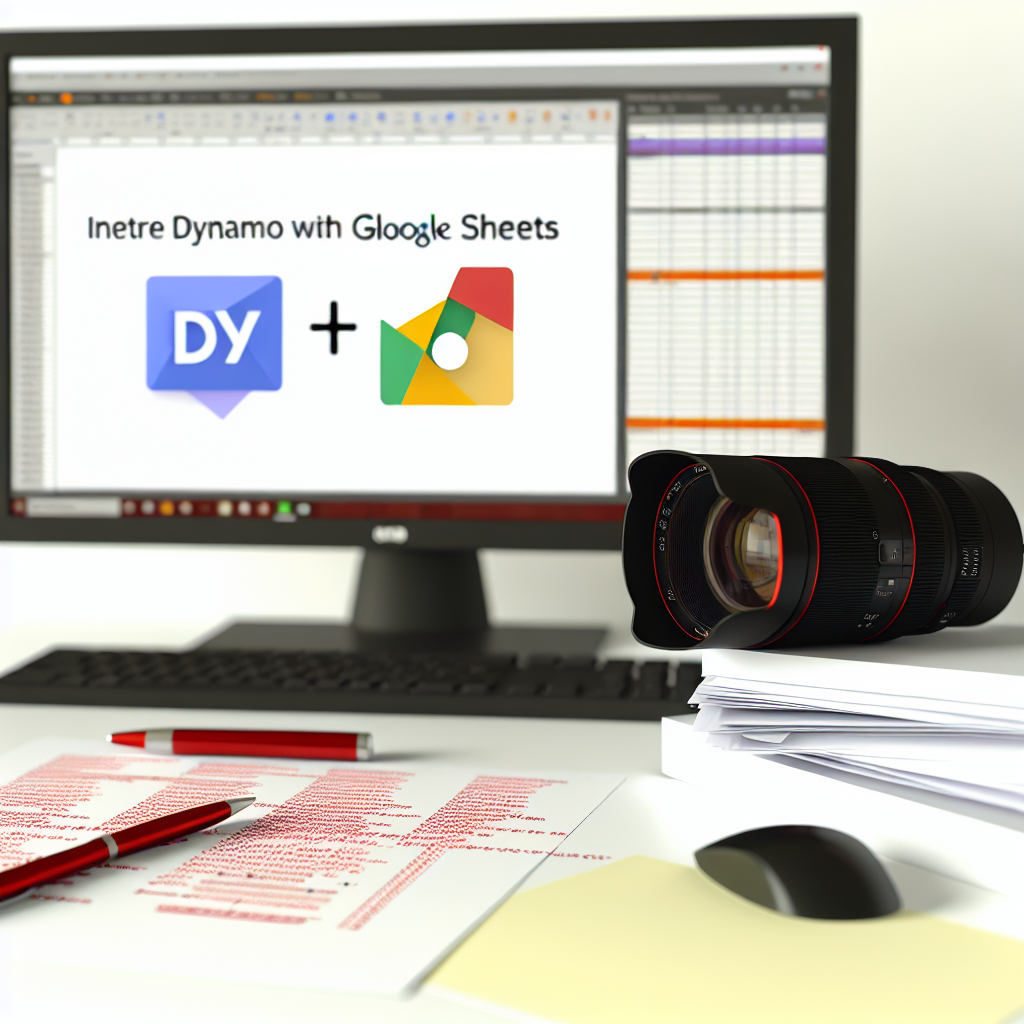Integrating Dynamo with Google Sheets can significantly streamline your workflow by automating repetitive editing tasks. Using Dynamo, a visual programming tool for Revit, you can apply revisions directly to Sheets and even enhance user interaction with custom UI elements. In this article, we’ll explore how to leverage Dynamo to efficiently manage sheet revisions and create intuitive custom user interfaces for maximum productivity.
Automating Sheet Revisions with Dynamo: From Data Retrieval to Application
One of the primary challenges in managing sheets within Revit is maintaining consistent revision data across multiple documents and ensuring that updates are applied accurately. Dynamo provides a robust platform to automate this process by interfacing with Google Sheets through custom nodes and scripting.
Begin by establishing a connection between Dynamo and your Google Sheets document using packages like Clockwork for Dynamo or custom Python scripts. These enable data retrieval and updates directly from Sheets, ensuring your sheet revision status remains synchronized. With Dynamo, you can create workflows that:
- Pull revision data from Sheets
- Identify sheets requiring updates based on revision status
- Apply revisions systematically to Sheets within Revit
Through dynamic scripting, you can also automate versioning control, track revision histories, and ensure consistency across your project documentation. This approach not only reduces manual errors but also accelerates project timelines by streamlining updates.
Enhancing User Experience with Custom UI in Dynamo
While automation is powerful, integrating custom user interfaces (UI) into Dynamo workflows elevates user interaction and usability. A well-designed UI allows project teams to run revision processes intuitively, select specific sheets, and monitor progress without diving into complex scripts.
Using Dynamo’s Code Block and UI Nodes, you can create bespoke interfaces that:
- Provide dropdown menus for sheet selection
- Allow input of revision notes or comments
- Display status updates during the process
Moreover, with Python scripting, you can develop custom forms that collect user input explicitly, guiding users through complex revision procedures seamlessly. This approach ensures that even team members unfamiliar with Dynamo scripting can efficiently engage with the revision process, promoting collaboration and reducing training overhead.
Conclusion
Applying revisions to Sheets using Dynamo, combined with custom UI development, offers a powerful solution to improve project management efficiency. By automating data synchronization with Google Sheets and designing intuitive interfaces, users can streamline updates, reduce manual errors, and enhance overall productivity. Embracing these techniques empowers teams to manage revisions more effectively and focus on design quality rather than administrative tasks.
